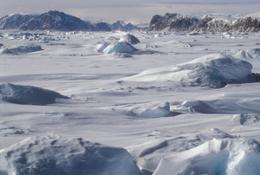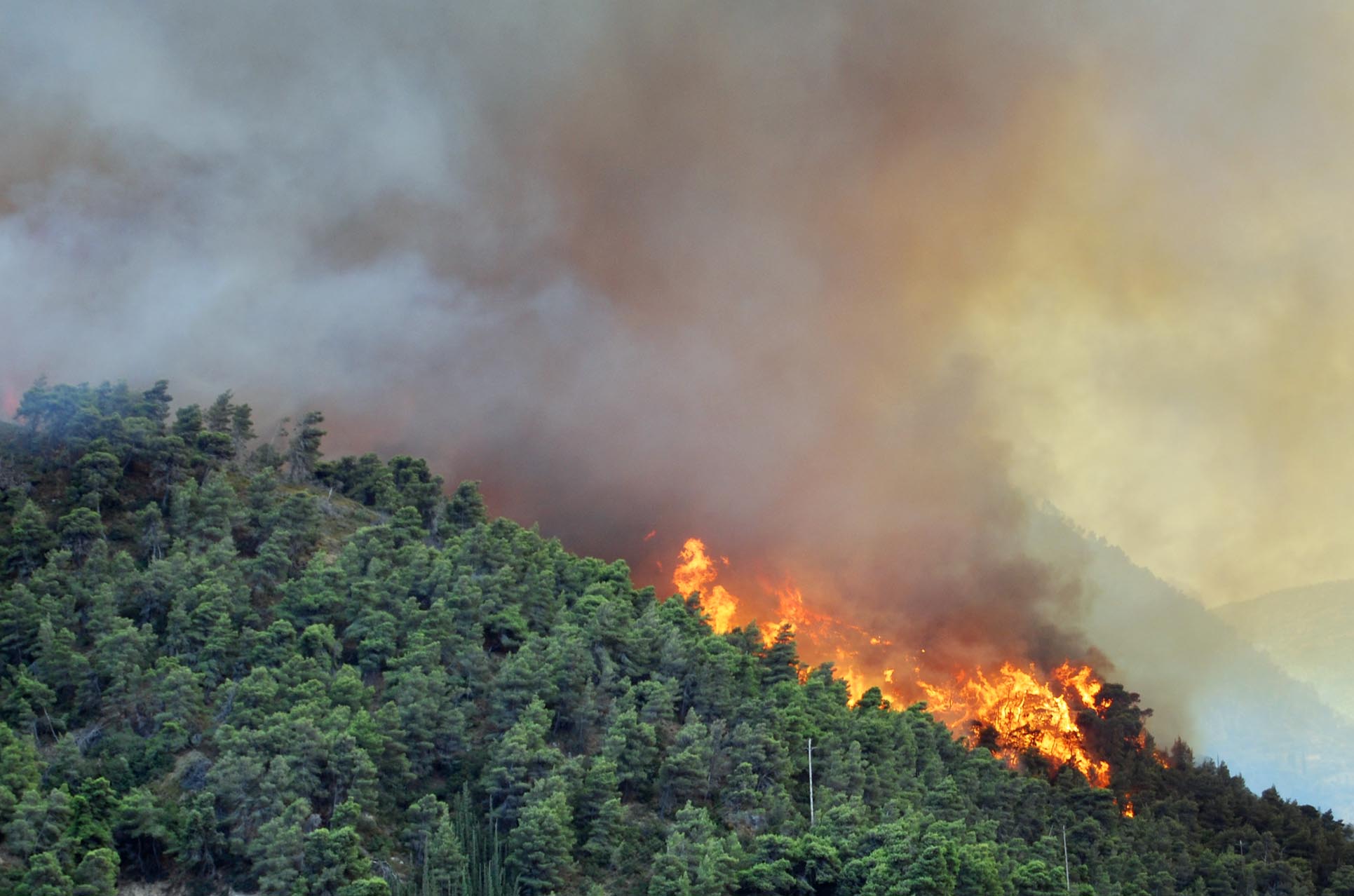How is Carbon Cycled in the Environment?
Carbon is an element that is present in all living things. It is cycled through the various different processes, some of which are involved in the fast carbon cycle, such as precicpitation, and others which are part of the slow carbon cycle. The fast cycle circulates carbon most rapidly between the atmosphere, oceans, biosphere and soils, which 1000 times faster than the slow cycle, which can store carbon for up to millions of years.
/about/Sunshine-57a219bf5f9b589aa9e719b9.jpg)
Photosynthesis is a fast cycle of carbon, and is the main flux of carbon from the atmosphere to land plants. The process of photosynthesis involves plant fixing CO2 from the atmosphere and converting light energy from the Sun into chemical energy. If animals and organisms feed on the plants, the carbon contained within the plant is passed onto them. Once these organisms die, they are broken down by decomposers such as bacteria, and the carbon stored in their bodies is released back into the environment as CO2. This is part of the fast carbon cycle, as it takes a relatively short amount of time to occur.
/about/Sunshine-57a219bf5f9b589aa9e719b9.jpg)
On the other hand, these decomposers release carbon dioxide back into the environment via the process of respiration, which involves breaking down sugars and releasing CO2. The animals that originally consumed the carbon in the form of plants also respire; most of this carbon is exhaled as carbon dioxide formed during respiration, and released directly back into the atmosphere by the animal. However, the rate of decomposition by these organisms can vary depending on the local environment. Cold places, such as Arctic tundra, have slower rates of decomposition, compared with tropical rainforests; this will ultimately affect how fast or slow the carbon is cycled.


Due to the fact that more precipitation occurs in rainforests, more weathering may take place. Atmospheric CO2, some of which may have come from respiration, is dissolved in rainwater and forma a weak carbonic acid. Weathering is the in situ breakdown of rocks, and the process of carbonation involves rocks being weathered by the acidic rain; this also releases carbon, and can be responsible for up to 0.3 billion tonnes of carbon transfers into the atmosphere and oceans. It can be said that more carbon is cycled in places such as rainforests due to the warmer climate. However, freeze-thaw weathering will be more likely to occur in cold climates, which will also release carbon into the environment as the surface area of the rocks are increased and more exposed to the action of carbonic acid.

Scree slope above Wastwater, Cumbria.
Another process that cycles carbon is combustion. This occurs when organic material reacts or burns in the presence of oxygen, releasing carbon into the environment as CO2. Combustion can be vital for maintaining ecosystems and can occur naturally by lightning strikes that cause forest fires; organic debris that has accumulated is burned, resulting in increased carbon and nutrient cycling. This process has the ability to create new biodiversities and stimulate plant growth. Combustion is a process that adds carbon to the environment, and this carbon is later cycled by other processes such as photosynthesis.

To conclude, the carbon cycle is relatively complex and involves and involves a number of different processes. Carbon is added to the environment through respiration, combustion and weathering. Photosynthesis absorbs carbon and stores it in plants and organisms such as phytoplankton. The rates at which these processes function may vary and can be affected by factors such as climate. Human activity, such as combustion, can also increase other processes such as combustion.


Due to the fact that more precipitation occurs in rainforests, more weathering may take place. Atmospheric CO2, some of which may have come from respiration, is dissolved in rainwater and forma a weak carbonic acid. Weathering is the in situ breakdown of rocks, and the process of carbonation involves rocks being weathered by the acidic rain; this also releases carbon, and can be responsible for up to 0.3 billion tonnes of carbon transfers into the atmosphere and oceans. It can be said that more carbon is cycled in places such as rainforests due to the warmer climate. However, freeze-thaw weathering will be more likely to occur in cold climates, which will also release carbon into the environment as the surface area of the rocks are increased and more exposed to the action of carbonic acid.

Scree slope above Wastwater, Cumbria.
Another process that cycles carbon is combustion. This occurs when organic material reacts or burns in the presence of oxygen, releasing carbon into the environment as CO2. Combustion can be vital for maintaining ecosystems and can occur naturally by lightning strikes that cause forest fires; organic debris that has accumulated is burned, resulting in increased carbon and nutrient cycling. This process has the ability to create new biodiversities and stimulate plant growth. Combustion is a process that adds carbon to the environment, and this carbon is later cycled by other processes such as photosynthesis.

To conclude, the carbon cycle is relatively complex and involves and involves a number of different processes. Carbon is added to the environment through respiration, combustion and weathering. Photosynthesis absorbs carbon and stores it in plants and organisms such as phytoplankton. The rates at which these processes function may vary and can be affected by factors such as climate. Human activity, such as combustion, can also increase other processes such as combustion.
Comments
Post a Comment